SouthernSky
Junior Member
Good to see some progress on SEA 5000.
Thor', a C-130 Hercules contracted to the NSW Government to assist in fighting bushfires dispenses water during a demonstration over the Rickaby's drop zone near RAAF Base Richmond.
NSW Minister for Emergency Services, the Honorable David Elliott MP with the NSW Fire Service Deputy Commissioner Rob Rogers, announced that 'Thor' would be on hand again during the coming bushfire season.
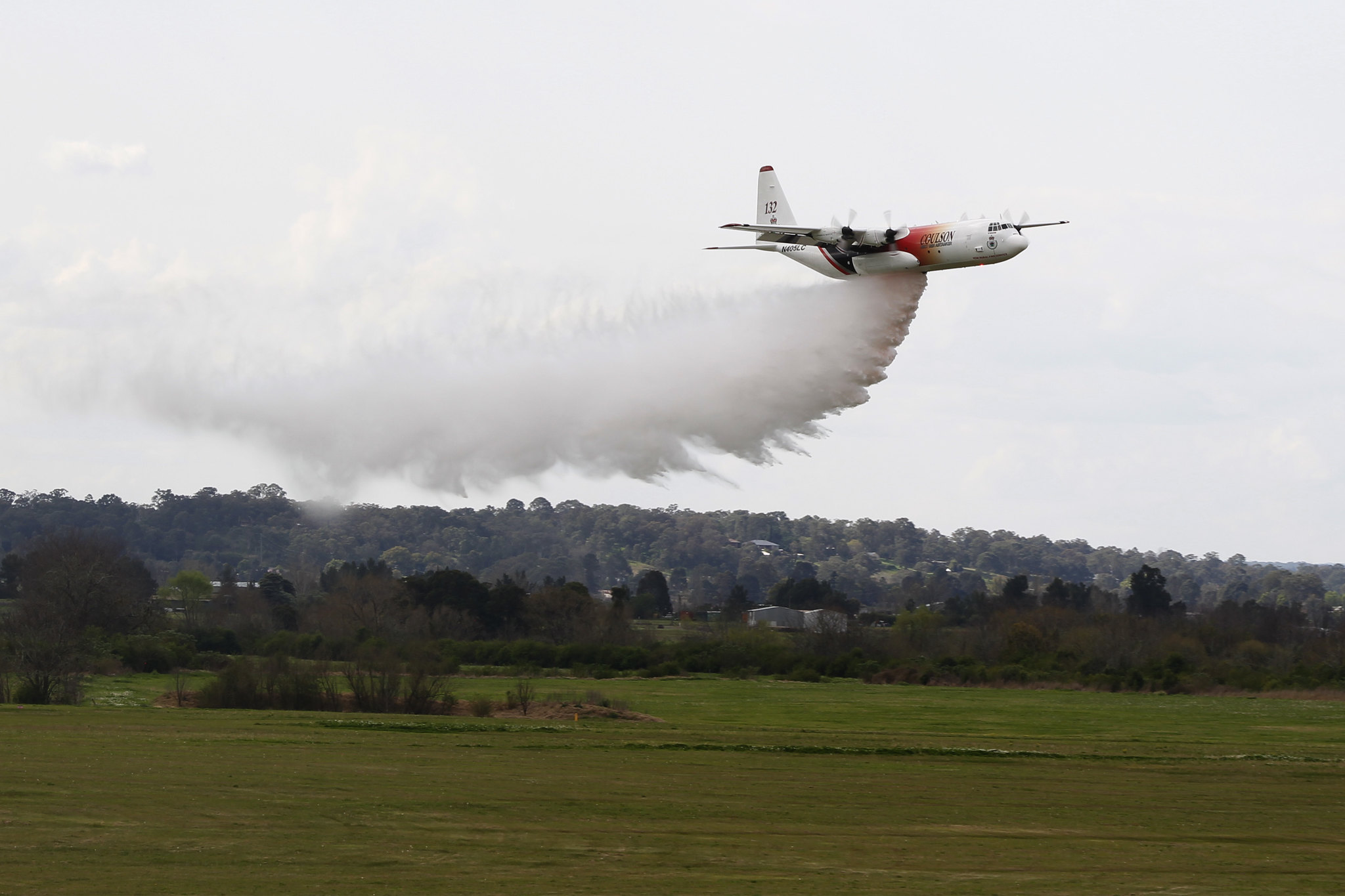
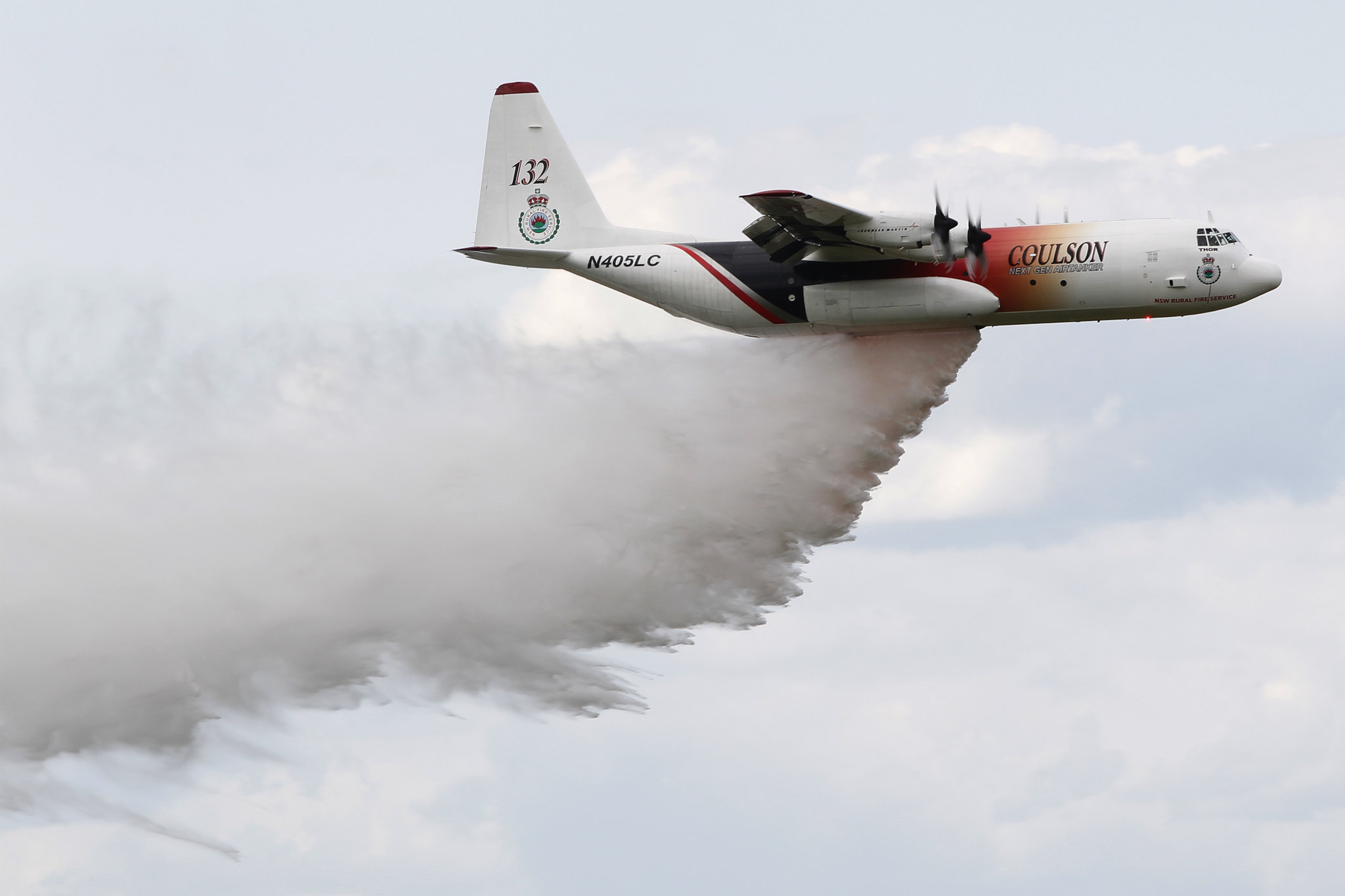
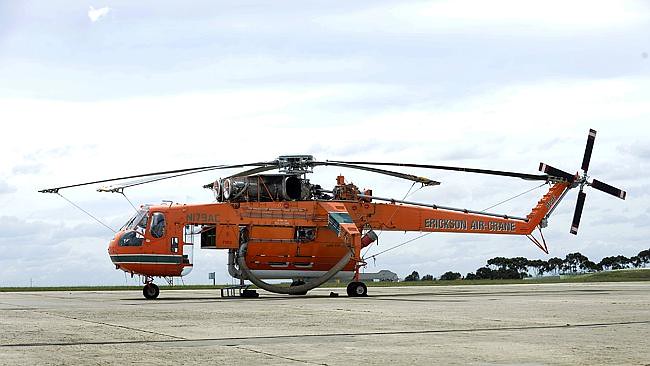
Same here in the US fighting forest fires.Former military aircraft now with civilian applications. These guys are a familiar sight in Australian skies over the summer fighting bushfires.


The Erickson Air Crane. I've had first hand experience with one of these saving my brothers home from imminent destruction from a bushfire. They are regulars here every year during the bushfire season.



Air Warfare Destroyer: Project Update August 2016
The AWD Alliance continues to work towards the delivery of three Hobart class AWDs, with the project currently focused on achieving two major milestones: the commencement of sea trials for Ship 1, Hobart, in September and the launch of Ship 2, Brisbane, in December 2016.
Ship Milestones
Ship 1
Ship 2
- Hobart is 97% complete (whole of ship as at July 2016), and is on track to commence Builder Sea Trials in September this year.
- Numerous alongside dock trials in preparation for Hobart’s first departure to sea are currently underway including Incline trials to measure the ship’s stability and vertical centre of gravity, Main Battery Alignment to ensure elements of the combat systems are correctly positioned and aligned, and Bollard trials to test the ship’s propulsion system.
- Prior to these trials, Hobart’s Main Engines and Gas Turbines were activated on-board in April and July respectively as well as a number of key combat systems including the Vertical Launch System, the Australian Tactical Interface, the Aegis Combat System and the SPY1D-V Phased Array Radar, plus various navigation and communication systems.
Ship 3
- Brisbane is 84% complete (whole of ship as at July 2016), and is preparing for launch in December this year.
- Over the past two months, load out of combat spaces such as Command Information Centre, Combat System Equipment Rooms, Direct Support Element Operations, and Communication spaces has occurred in addition to the successful installation of the last of the ship’s four AN/SPY-1D(V) Phased Array Radars, bringing the load out of combat system equipment on Brisbane to over 40%.
- Combat System topside equipment load outs as well as prerequisite work including shore power through the ship’s switchboard, commencement of the ship’s Integrated Platform Management System (IPMS) and underwater hull paint are scheduled to occur between now and the ship’s launch in December.
Lessons Learnt
- Sydney is 57% complete (whole of ship as at July 2016).
- All blocks that make up Ship 3, have now been delivered to Techport with consolidation well underway. The main engines and gas turbines have also been loaded into the ship.
Combat Systems
- All ships are benefitting from lessons learnt from Ship 1 with significant efficiency gains being measured from the first ship to the second and third ships, for example:
- The Ship 2 team halved the amount of time taken to load-out the final AN/SPY-1D(V) Phased Array Radar. The first SPY Array installation on Ship 1, some 18 month ago, took 12 hours, while the last one was completed in August in less than six.
General News
- The AWD Alliance Combat System team has completed approximately 85% of their scope. 90% of the combat system interfaces are now integrated.
- August marked the successful completion of the Integrated Sonar System operational sonar software factory acceptance test.
- In early September the AWD Combat System Team successfully completed the Combat System CAT 4 Test Readiness Review (TRR), clearing the way to proceed with progressive CAT 4 testing over the next 3 months.
- AWD program has successfully implemented a re-baselined cost and schedule as part of the Commonwealth’s long term arrangements for AWD reform.
- Work on the Techport wharf extension commenced in August and will continue through to November to enable two AWD’s to berth alongside following the float off of Brisbane later this year.
- In August, AWD Alliance training staff hosted the Australian Fleet Commander, Rear Admiral Stuart Mayer, on a tour of the Navy Training Systems Centre at Randwick Barracks - one of the many training facilities that the AWD Alliance has delivered as part of the project to date.
LOL haven't seenIn service for 2017 others 2018, 2020 initialy planned 2014 -2017.
Australia’s largest international maritime exercise, Exercise KAKADU 2016, was officially launched in Darwin yesterday by the Commander Australian Fleet, Rear Admiral Stuart Mayer.
Exercise KAKADU will see nations from around the Asia-Pacific region enhance interoperability, share knowledge and develop skills in responding to threats in the maritime and air domains with a multinational force.
Commander Australian Fleet welcomed participating nations and outlined his vision for the Exercise.
“I extend a warm welcome to all nations joining Exercise KAKADU. This exercise is important for forging relationships that build the trust on which we depend in times of crisis and in peace,” Rear Admiral Mayer said.
“Australia’s regional partners have come to the crucial city of Darwin and our seas to the north to develop expertise and mastery in maritime operations. KAKADU provides an opportunity to collaborate so that our combined forces can immediately respond at times that require the support of all nations.”
Ships, submarines and aircraft from Australia, Canada, France, Indonesia, Japan, Malaysia, Pakistan, Papua New Guinea, Singapore and the United States, with observers from Fiji, India, New Zealand, Philippines, Republic of Korea, Thailand, Timor Leste, Tonga and Vietnam have descended on Darwin to practise activities ranging from constabulary and surveillance scenarios to high-end maritime warfare in a combined environment.
Australia’s Commander Warfare, Commodore Malcolm Wise, said Exercise KAKADU is a chance to learn new skills and assesses the readiness of a multinational force.
“Exercise KAKADU provides training opportunities across the full spectrum of warfare. We are many nations speaking many languages and KAKADU ensures interoperability to deliver a professional, safe, communicative and integrated force,” Commodore Wise said.
Exercise KAKADU runs 12 to 23 September and includes a harbour phase for planning and simulation, before moving into a sea phase where the ships and aircraft will divide into several multi-national task groups to exercise various scenarios, culminating in a task group versus task group “free play”.
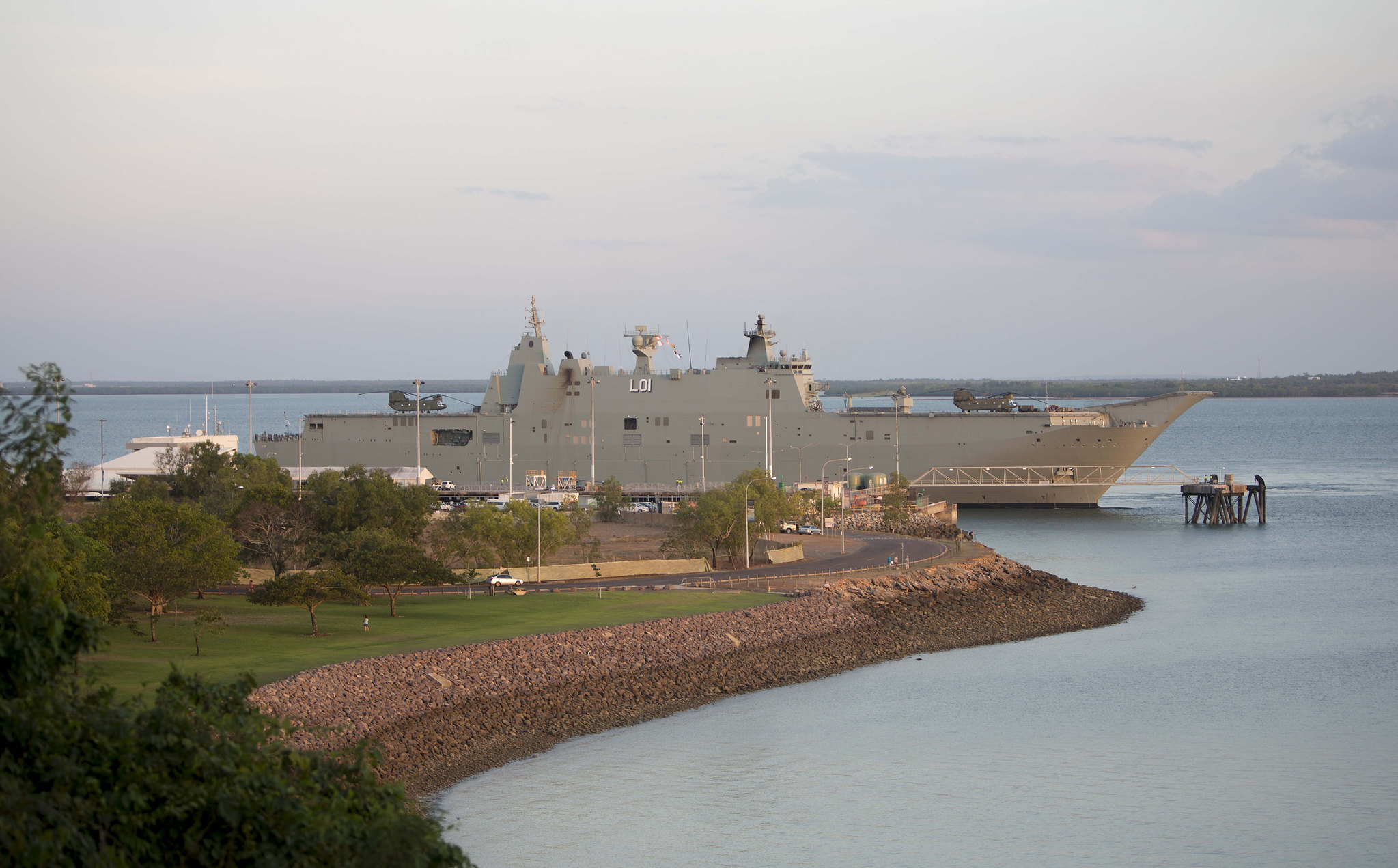
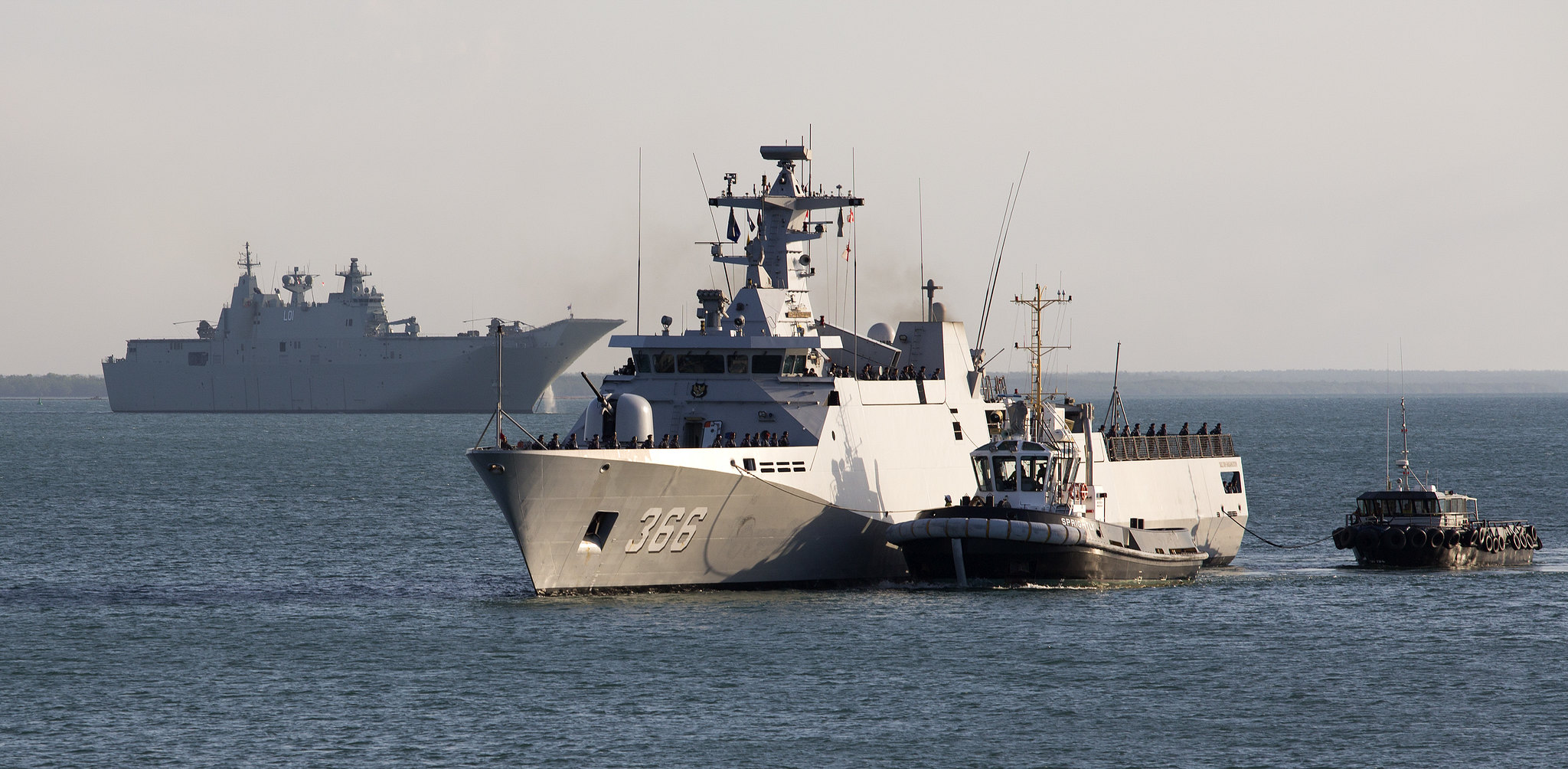

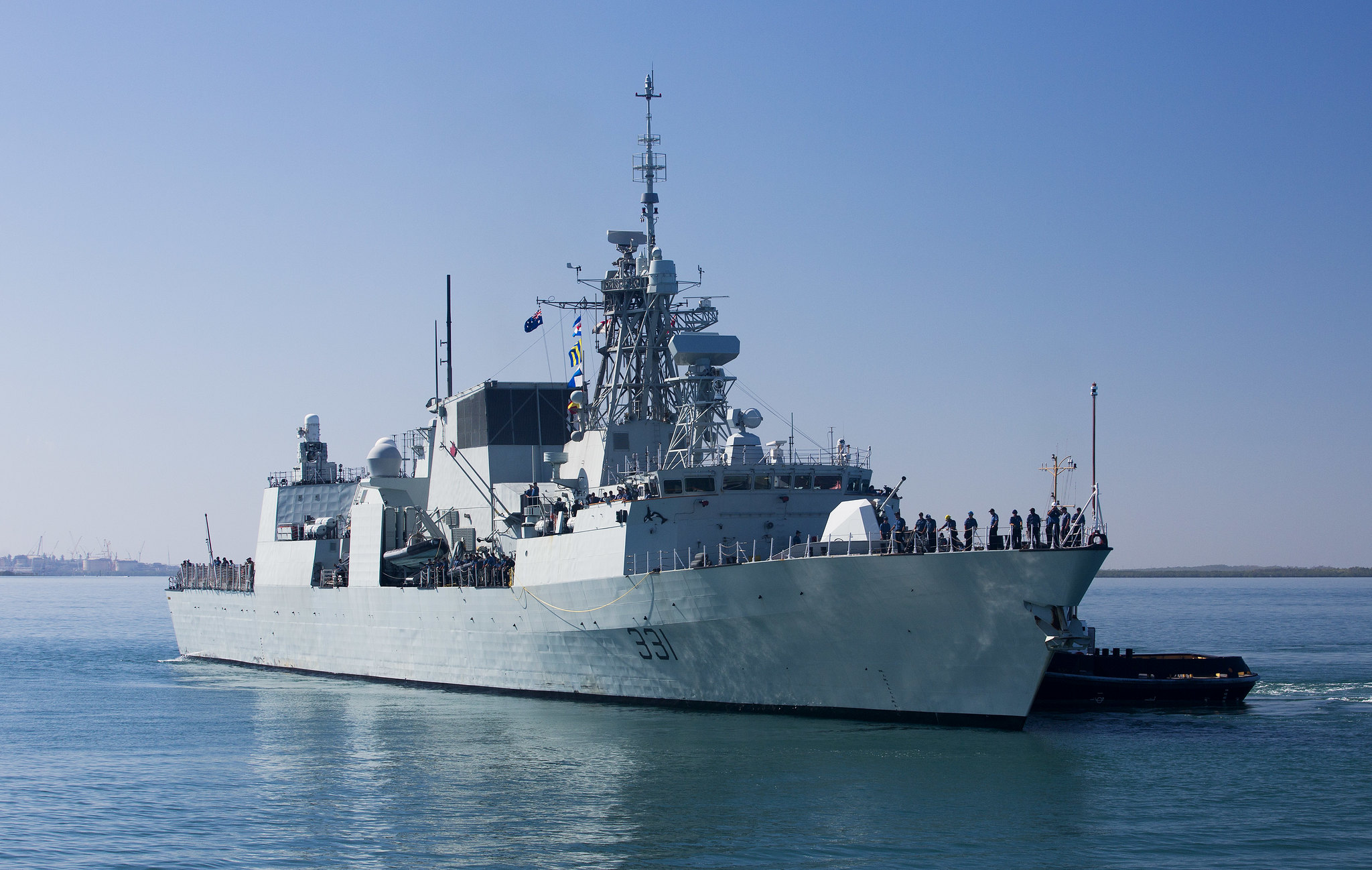

That Japanese JMSDF Akizuki Class DDG, Fuyuzuki, is a very, very capable destriyer. The Japanese put out good stuff.Exercise Kakadu 2016 kicks off.
Canadian Navy ship, HMCS Vancouver prepares to berth behind Japanese Navy ship, JS Fuyuzuki at Fort Hill Wharf after arriving in Darwin to take part in Exercise KAKADU 2016.

Lockheed Martin & US Navy Deliver Final MH-60R 'Romeo' Helicopter to Royal Australian Navy
Lockheed Martin, together with the U.S. Navy, ceremonially delivered the 24th, and final, MH-60R SEAHAWK® helicopter to the Royal Australian Navy (RAN). The hand-over occurred during a ribbon-cutting ceremony at Lockheed Martin’s purpose-built logistics and maintenance facility in Nowra which will house and maintain the new fleet
The ceremony was attended by representatives from Lockheed Martin, the Australian Chief of Navy, Vice Admiral Tim Barrett, as well as officials from the New South Wales State Government, the Royal Australian Navy and the US Navy.
The new facility encompasses two buildings - a Maintenance Repair & Overhaul base and a Logistic Centre warehouse that will provide Through Life Support logistics services for the Royal Australian Navy’s new fleet of 24 MH-60R SEAHAWK helicopters. Based in Nowra on the New South Wales south coast, the 8,300 square metre facility will house Sikorsky’s Australia-based, Helitech, Lockheed Martin and the U.S. Navy.
“We are delighted to be here today with our U.S. Navy partners to hand over the keys to the final MH-60R SEAHAWK helicopter to the Royal Australian Navy, said Raydon Gates,” Chief Executive of Lockheed Martin Australia and New Zealand. “Lockheed Martin is proud of the team who have accomplished such an outstanding achievement, delivering to Australia the full fleet of SEAHAWKS on time and on budget.”
“We at Lockheed Martin are committed to securing and investing in the future of Australia. This facility in Nowra will house and maintain the new fleet, contributing to the local community and creating local job opportunities,” continued Mr. Gates.
The Commonwealth of Australia chose the MH-60R “Romeo” SEAHAWK helicopter in June 2011 to fulfill the Australian Defence Force’s requirement for a fleet of 24 new-generation, multi-role naval combat aircraft. The program has run on time and on budget with all 24 MH-60 Romeos now delivered to the Royal Australian Navy - a feat which saw the program win Australia’s Capability Acquisition and Sustainment Group “Project of the Year” award in 2015.
In addition to the MH-60R helicopter’s primary mission areas of anti-submarine and anti-surface warfare, it also has the capability for secondary missions including search and rescue, vertical replenishment, naval surface fire support, logistics support, personnel transport, medical evacuation, and VHF/UHF/link communication relay. The new MH-60R helicopters are currently replacing the RAN’s existing fleet of S-70B-2 SEAHAWK helicopters.
Lockheed Martin and Sikorsky support the RAN fleet through the Maritime Helicopter Support Company (MHSCo), which provides Through Life Support logistics services to sustain peak flight readiness for the RAN SEAHAWK helicopters during the fleet’s estimated 30-year lifespan.
Article said:The program has run on time and on budget with all 24 MH-60 Romeos now delivered to the Royal Australian Navy - a feat which saw the program win Australia’s Capability Acquisition and Sustainment Group “Project of the Year” award in 2015.
